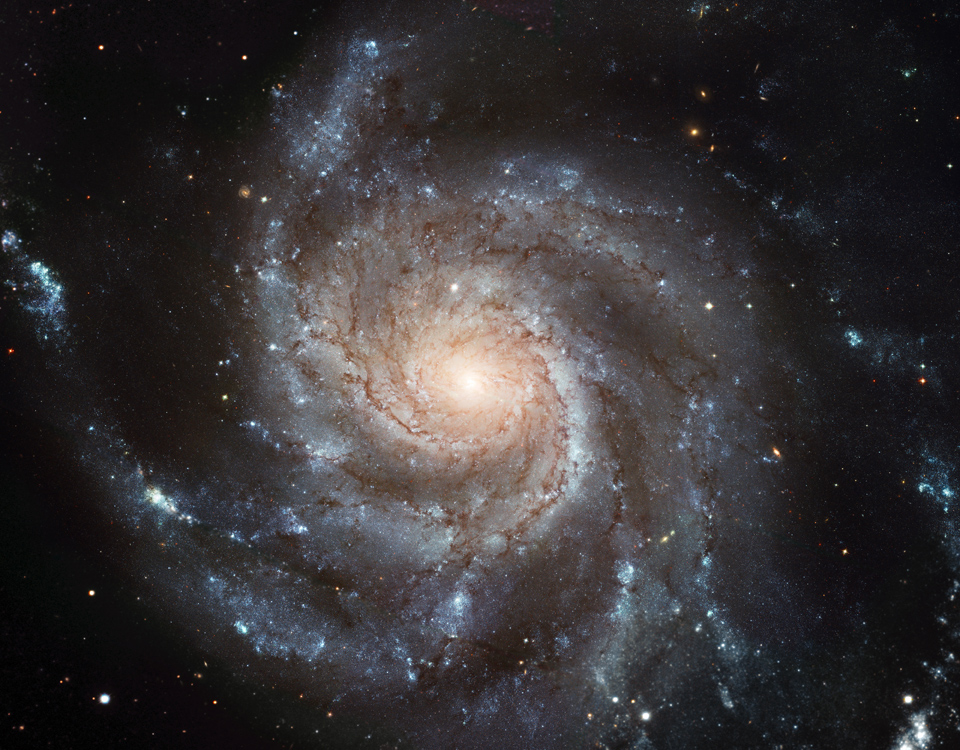Image List
-

This Hubble image reveals the gigantic Pinwheel Galaxy (M101), one of the best known examples of "grand design spirals," and its supergiant star-forming regions in unprecedented detail. Astronomers have searched galaxies like this in a hunt for the progenitors of Type Ia supernovae, but their search has turned up mostly empty-handed.
NASA/ESA -

In this negative image of the Pinwheel Galaxy (M101), red squares mark the positions of "super-soft" X-ray sources. The Pinwheel should contain hundreds of accreting white dwarfs on which nuclear fusion is occurring, which should produce prodigious X-rays. Yet we only detect a few dozen super-soft X-ray sources. This means that we must devise new methods to search for the elusive progenitors of Type Ia supernovae.
R. Di Stefano (CfA)